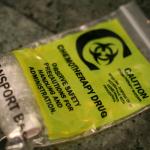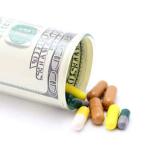From 1968 to 2019, Americans experienced a remarkable increase in life expectancy, from 70 to 79 years. Much of that was due to advances in drugs and vaccines.
cancer drugs
Many people think of cancer as a single disease, and for many years the only treatment was to cut out tumor tissue that could be seen. However, the history of cancer is that we have gradually subdivided malignancies into multiple categories.
A recent study published in the British Medical Journal, regarding approved cancer drugs in the European Medicines Agency from 2009-2013 has found that most of them did not signi
The cancer drug business is quite a profitable one. A “high risk, high reward” proposition has been the narrative for those in research and development (R&D). Successes, marketing, patent protection and discovery cost money.
Here s a simple question with nothing even close to a simple answer:
Ductal carcinoma in situ (DCIS) is the presence of abnormal cells inside a milk duct in the b
The latest in health news: chubbier babies fare better in school as they age, a new approved cancer drug eliminates delayed phase of nausea and vomiting, and flu season is here: that means get vaccinated!






